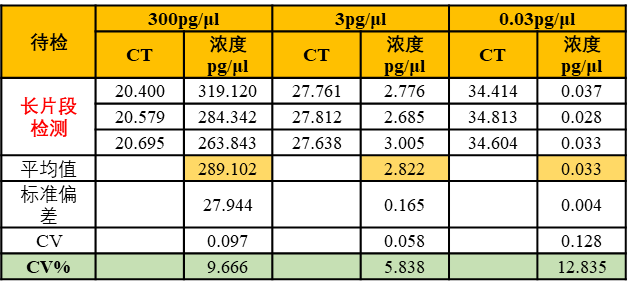Qihengxing High-Sensitivity Probe-Based qPCR Mix: Host DNA Residual Detection Solution
|
As more and more biologics (such as recombinant protein drugs, antibodies, vaccines, and cell therapies) are used to treat diseases, quality control requirements for these products are becoming increasingly stringent. During the cell culture stage of manufacturing these biologics, due to the stability of DNA, residual DNA from host cells can pose an infection risk or harbor potential carcinogenicity, immunogenicity, and other toxicities. For example, residual DNA may carry HIV or the Ras oncogene. LINE-1 sequences, distributed throughout mammalian genomes, can act as retrotransposons and insert into chromosomes. Such insertions can affect the function of key genes, such as activating or suppressing oncogenes. Furthermore, because genomic DNA from microorganisms is rich in CpG and unmethylated sequences, it increases the risk of immunogenicity in recombinant protein drugs. To ensure the safety of biologics, regulatory agencies (such as the WHO, FDA, and NMPA) have established stringent standards for residual DNA in biologics used to treat diseases.
|
The Chinese Pharmacopoeia 2020 lists three methods for detecting exogenous DNA residues: DNA probe hybridization, fluorescent staining, and quantitative PCR. Compared to DNA probe hybridization and fluorescent staining, quantitative PCR offers higher sensitivity, accuracy, and reproducibility. Qihengxing Bio's StarLighter High-Sensitivity Probe qPCR Mix (Cat. No. FS-Q3002), developed for extremely low template detection, provides a perfect solution for detecting host nucleic acid residues.
|

|
Application Case: qPCR Detection of Human Residual DNA
|
Excellent performance
|
Taking human residual DNA detection as an example, a certain region of human genomic DNA is used as the target, and short (amplified fragments) are designed.<110bp)、中(110<扩增片段<250bp)、长(扩增片段> 290) fragments, using human gDNA standards from the National Institute of Metrology as templates (30 pg/30 fg input), and then performing quantitative PCR using reagents from different manufacturers. The Qihengxing High-Sensitivity Probe qPCR Mix demonstrated superior performance compared to reagents from other suppliers.
|
The reaction system and reaction procedure are as follows:
|

|
Amplification curve:
|

|
Ct values of different template amounts and reagents
|

Qihengxing high-sensitivity probe-based qPCR Mix (blue curve) outperforms reagents from other suppliers in terms of both fluorescence intensity and Ct performance.
|
There is no cross-influence between different cell lines, and the repeatability CV value is less than 15%.
|
Using the National Institute of Metrology standard human gDNA as a template, gDNA was diluted to 300 pg/μl, 30 pg/μl, 300 fg/μl, and 30 fg/μl, respectively. 15 μl of 2×StarLighter high-sensitivity probe qPCR Mix, 3 μl of primer and probe mix (2.5 μM), 10 μl of the diluted standard, and 0.6 μl of Rox were added to the 30 μl reaction system. 3 ng of NS1, Ecoli (stb13 strain), yeast, and CHO interfering genomic DNA were added, and the mixture was filled to 30 μl with water. Standard curves were prepared for short, medium, and long fragments, respectively. At the same time, 300 pg/μl, 3 pg/μl, and 30 fg/μl standards were used as unknown samples for quantitative detection of short, medium, and long fragments, respectively. Quantitative results showed that the standard curves were linear, amplification efficiency, and R 2 All of them performed excellently and were unaffected by the interfering genome. They also accurately quantified short, medium, and long fragments at varying concentrations, with repeatability CV values of less than 15%.
Short fragment labeling and detection of samples with different concentrations:
|
 |
 |
| Long fragment labeling and detection of samples with different concentrations: |
 |
 |
|
Repeated freezing and thawing has no effect on the detection results of short, medium and long fragments, and the calibration curve has good linearity.
|
| Short snippet: |
 |
| Middle fragment: |
 |
| Long snippet: |
 |
| About Qihengxing |
 |







